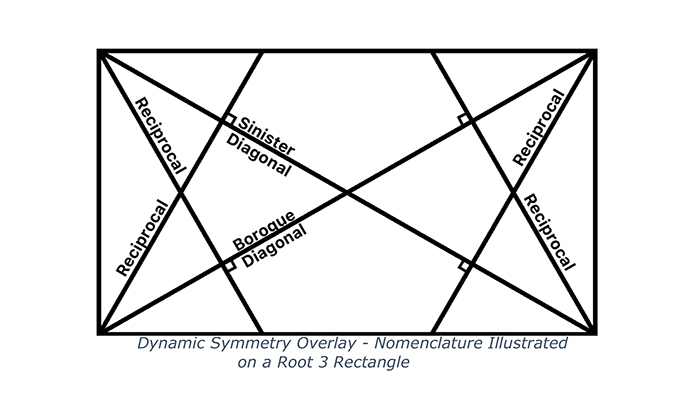Academic Research
Impact of compositional mathematics and Gestalt visual psychology on artificial intelligence systems, with a focus on its implications for lens-based visual arts.

Research Summary
Mathematics of Composition in Contemporary Visual Arts
Critically examine the continued applicability of Jay Hambidge’s principles of dynamic symmetry and the Gestalt visual psychology formulated by Max Wertheimer, Wolfgang Köhler, and Kurt Koffka, with particular emphasis on their relevance and interpretation in contemporary lens-based visual arts and AI-mediated visual technologies. Jay Hambridge’s presented the principles of dynamic symmetry in The Elements of Dynamic Symmetry published in 1926, and the Gestalt visual theory was published through a series of academic reports by Werheimer, Köhler and Koffka in the 1950’s. These two principles are still used today in the
design industry and within most AI systems, yet the work never considered modern display technologies.
The research focuses on validating the fundamental theories against contemporary display technologies.
- Primary areas of investigation included the impact of backlit display technologies, advancements in dynamic range reproduction, user interaction with small-format devices, and advancements in colour representation.
- Develop guidelines to assist lens-based visual artists in understanding how AI algorithms interpret and respond to compositions, with the aim of fostering informed creative engagement with machine vision systems.
